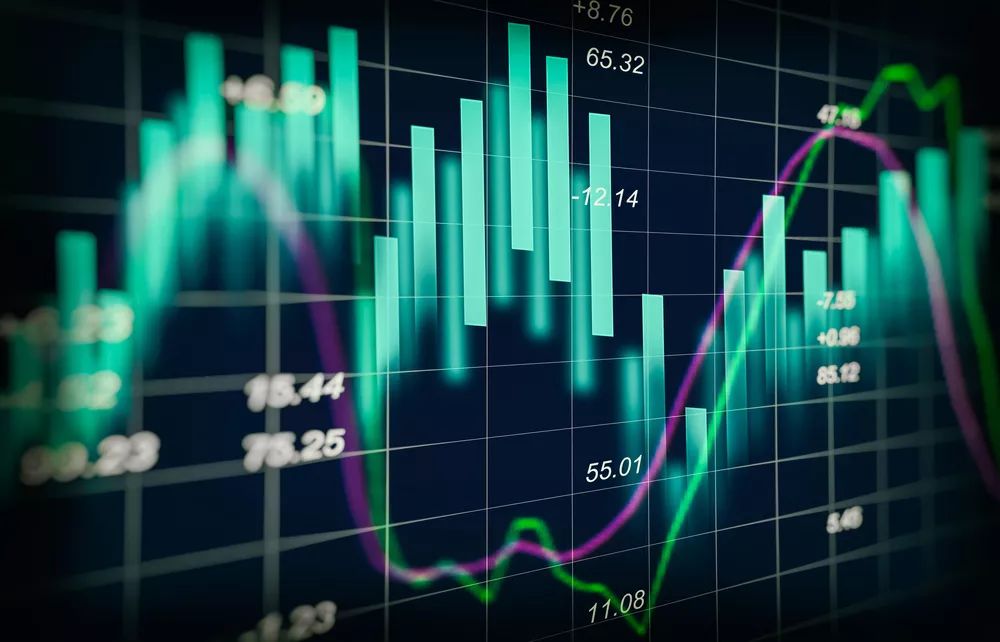Professor Weng Xi of Guanghua School of Management collaborated with Fei Li and Chong Huang to propose a theoretical model of reputation to explain how investors rationally respond to mutual fund star ratings. This article was published on theJournal of Finance in June 2020.
In their model, a fund’s performance is determined by its information advantage, which can be acquired but decays stochastically. Investors form beliefs about whether the fund is informed based on its past performance. They refer to such beliefs as fund reputation, which determines fund flows. Although performance changes continuously, equilibrium fund reputation just takes discrete values only and thus can be labelled with stars. Star upgrades thus imply reputation jumps, leading to discrete increases in flows and expected performance, even though stars do not provide any new information.

Background
Mutual fund flows are closely associated with fund star ratings. The estimated effects of star ratings on mutual fund flows are widely referred asstar rating effectsin the literature. However, mutual fund star ratings do not produce new information, as star ratings are simply coarse summaries of publicly available information. How then, can star rating effects arise in a rational economy? Put differently, why are rational investors' investment decisions sensitive to changes in star ratings when more precise information is available?
Theoretical framework
In this paper, the researchers study these questions by providing a natural theoretical framework for analysing a fund's dynamic incentives to acquire private information, which has been shown to be crucial for an active mutual fund to outperform its peers. More specifically, the authors develop an infinite-horizon repeated game between a monopoly mutual fund and a continuum of investors.
In their model, the fund's current flow is determined by the fund's current reputation and is independent of the fund's information status. On the one hand, when informed, the fund is more likely to realise a higher investment outcome, in which case the fund has a better reputation in the next period. On the other hand, by acquiring information in the current period, the fund may remain informed in the next period. Both effects will lead to larger future flows. Therefore, when uninformed, the fund will acquire information if and only if the incremental discounted future management fees, which the study refers to as theinformation premium, can compensate for the information acquisition cost.

Star rating property
The paper's main contribution is to highlight an equilibrium phenomenon whereby the fund's reputation only takes values from a discrete set, even though past investment outcomes are continuously distributed. Hence, if one labels these discrete values with stars, a change in the star assigned to the fund represents a discrete change in its reputation, which leads to a jump in its flows. The researchers refer to the equilibrium property of discrete reputations as the star rating property.
The star rating property provides rational explanations for several empirical observations. First, the promotion of a fund to a higher rated group will naturally attract more investors. This is the star rating effect. Moreover, because in the model, funds with the same rating have the same reputation, improvements in a fund's performance and hence in its within-group rank cannot result in significant abnormal cash flows if its star rating does not change.
Secondly, the dynamic structure of the proposed model helps analyse star ratings' power to predict a fund's future performance. In equilibrium, higher rated funds have higher reputations and are more likely to be informed, and so on average perform better. In other words, the theory suggests that the flow jump caused by a star rating upgrade reflects investors rationally raising their expectations of the fund’s future performance.
Empirical and theoretical contributions
This paper makes both empirical and theoretical contributions. From an empirical perspective, the study provides a rational explanation for how investors respond to mutual fund star ratings, even though star ratings do not provide them with new information. The paper's dynamic framework can also facilitate analysis of the star ratings' ability to predict funds' future performances. From a theoretical perspective, the paper shows how a basic economic force—the trade-off between future reputation and current information acquisition cost—leads to the idea that funds benefit from being perceived as informed and work hard to preserve this status, as well as to the idea that funds with good recent performance are tempted to rest on their laurels and work less hard.

Contributions to existing literature
This paper also contributes to several strands of literature.
-Firstly, complementary to research on funds'ability, this paper contributes to the literature on funds' information acquisition, by developing an infinite- horizon model in which funds' information status changes both endogenously and exogenously over time, capturing the key features of information.
-Next, this paper also contributes to recent discussions about various ratings' coarseness. Most rating systems today have finite rating notches, but the fundamentals of entities under evaluation are usually measured by continuous variables. In this paper, the coarseness of the star rating system is an equilibrium property and arises not from information-generating/hiding purposes, but from the fact that information can be endogenously acquired and can decay stochastically. Specifically, since star ratings have a one-to-one relation with a fund's reputation, the coarseness does not provide new information, nor does it cause any information loss.
-Finally, the study provides a new way of looking at a mutual fund's reputation, also belonging to a growing literature that views reputation as an asset that requires an investment to build and maintain. This paper defines a fund's reputation as investors' beliefs about whether the fund is informed. Because information can be endogenously acquired but can decay stochastically, the fund needs to exert effort to build and maintain its reputation. The study's view of reputation challenges the traditional one which holds that the fund's reputation depends on the manager's innate and unchangeable ability and hence cannot be enhanced further.
 Programs
Programs